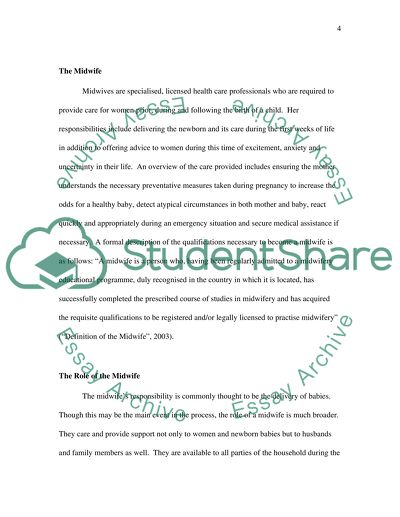Cite this document
(“Role of the Midwife in Supporting Breastfeeding Essay”, n.d.)
Retrieved from https://studentshare.org/social-science/1541965-role-of-the-midwife-in-supporting-breastfeeding
Retrieved from https://studentshare.org/social-science/1541965-role-of-the-midwife-in-supporting-breastfeeding
(Role of the Midwife in Supporting Breastfeeding Essay)
https://studentshare.org/social-science/1541965-role-of-the-midwife-in-supporting-breastfeeding.
https://studentshare.org/social-science/1541965-role-of-the-midwife-in-supporting-breastfeeding.
“Role of the Midwife in Supporting Breastfeeding Essay”, n.d. https://studentshare.org/social-science/1541965-role-of-the-midwife-in-supporting-breastfeeding.


